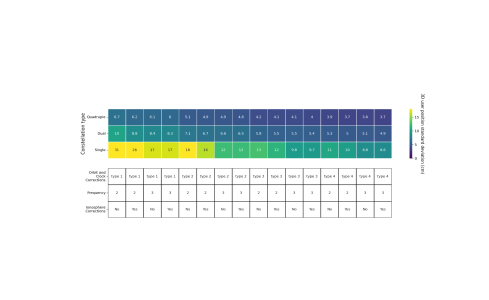Absolute Navigation at Sub-cm Level - Phase 2

Currently GNSS Systems provide services for instantaneous absolute positioning accuracy of a few meters, assuming no local obstructions above 5-10 degrees elevation, based on the navigation signals broadcast by a MEO constellation. This positioning accuracy can be improved extraordinarily by means of GNSS evolutions, such as the augmentation of the space constellation and/or the ground network by a space network, or the definition and implementation of algorithms for generating and processing additional and more accurate information, such as integer ambiguity resolution techniques on the network and user sides.
In this evolving background, studies to demonstrate the feasibility of a system concept for high-accuracy service (HAS) for positioning are on-going. In particular in the AHDGNSS (Advanced High Definition GNSS) project, led by Deimos Space S.L.U. (DMS) in cooperation with Delft University of Technology (TUD) in the frame of ESA’s General Studies Programme (GSP), it has investigated the feasibility of having real-time GNSS-based absolute navigation at sub-centimetre level (horizontal position error < 1 cm) by new generation of GNSS System and new generation of GNSS User Equipment. The AHD-GNSS continues the work done within the HD-GNSS.
A PPP-RTK-based high precision service for a global user has been considered, by applying state-of-the-art algorithms for both the network and the user and by investigating multi-frequency and multi-GNSS solutions. It was assumed a model based on the processing of undifferenced and uncombined code and phase observables, which makes use of Common Clock Receiver (CC-R) S-basis. The PPP-RTK concept consists in providing users with precise GNSS correction data so as to enable integer ambiguity resolution and consequently fast convergence to very accurate navigation solutions.
Within the AHD-GNSS, focus has been put into the identification of enabling technologies to enhance the network corrections. To analyse the performance of identified candidate solutions, an upgrade of Concept Demonstrator SW has been developed and used. It implements a performance model, based on covariance analyses, that permits
- evaluating the quality of the corrections a network can provide and
- evaluating the quality of positioning a user can achieve.
By varying the SW configuration elements an experimentation campaign has been executed according to a plan that envisages tests for the sequential assessment of first the network and then the user performances. The accuracy of network corrections, such as orbits, clocks, biases, and ionosphere delay have been assessed by changing the number of ground stations, supplementing the ground network with a LEO constellation for plasma-ionospheric estimation, augmenting the number of MEO satellites, and varying the number of frequencies. Similarly, the user solutions have been evaluated by configuring the quality of corrections and the number of frequencies. Integer ambiguity resolution techniques have been applied both on the on the network (N-IAR) and the user (U-IAR) sides.
It has been demonstrated that centimetric positioning accuracy can be achieved according to the applied models. Analyses show that N-IAR algorithms help accelerating the convergence of some of the network parameters. Furthermore, for orbits, satellite clocks, and satellite biases it has been identified an approximate limit of the number of ground stations needed to reach the minimal network corrections accuracy according the implemented functional model. Limitations of the covariance analysis method are identified and enhancements for it proposed. Ideas for potential analysis extensions are also proposed.
